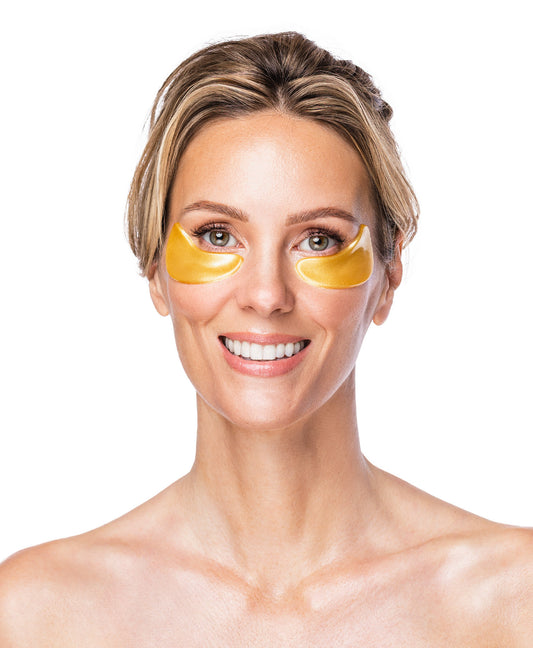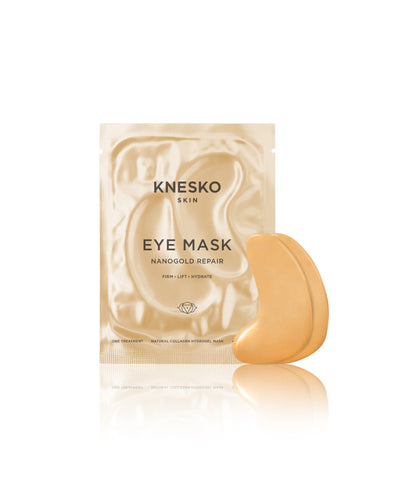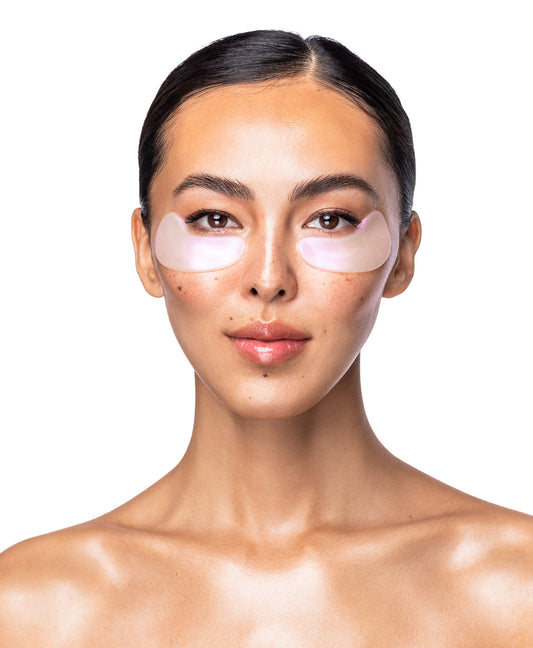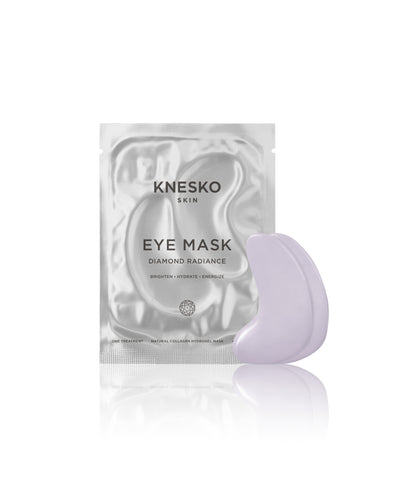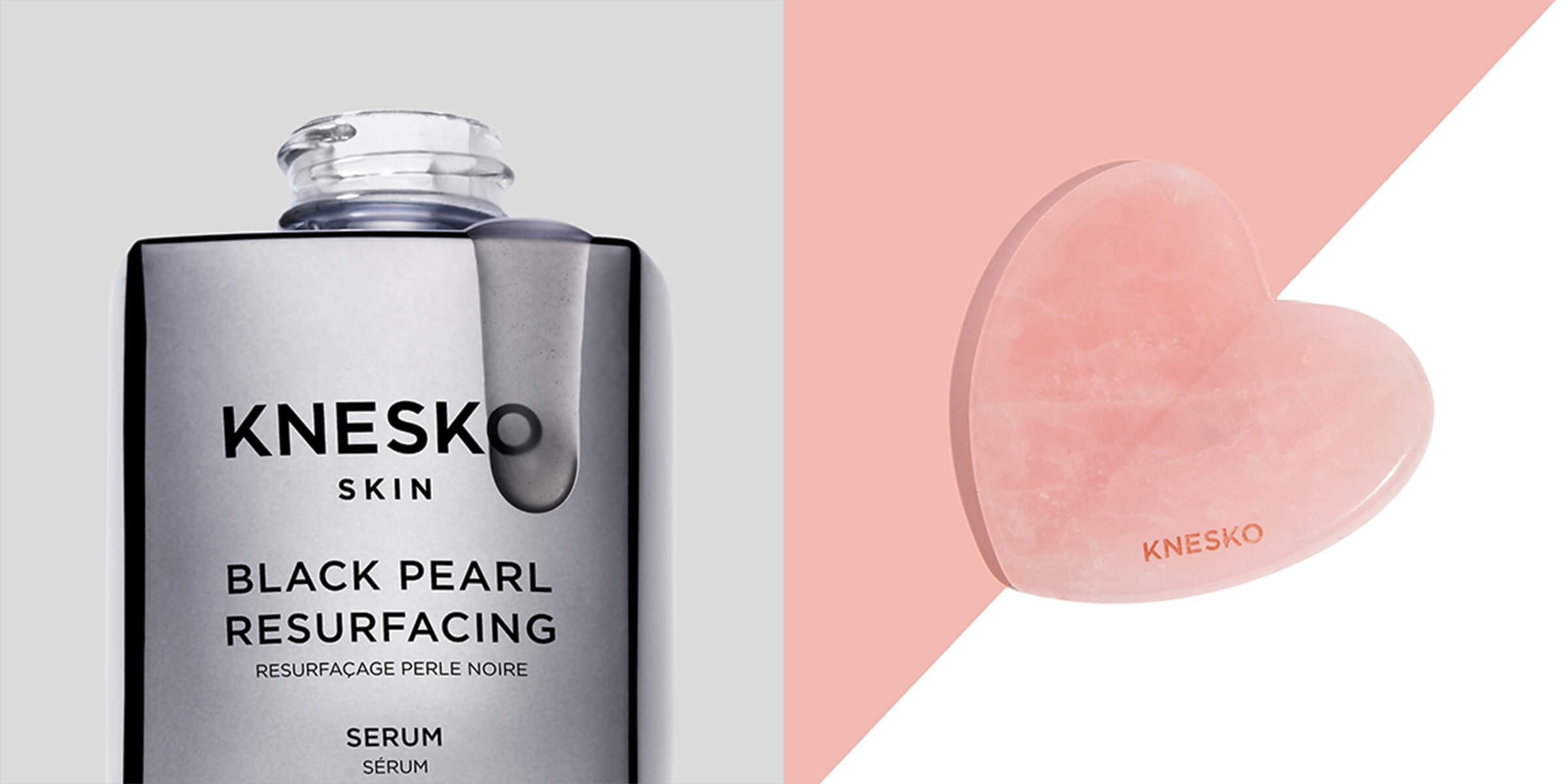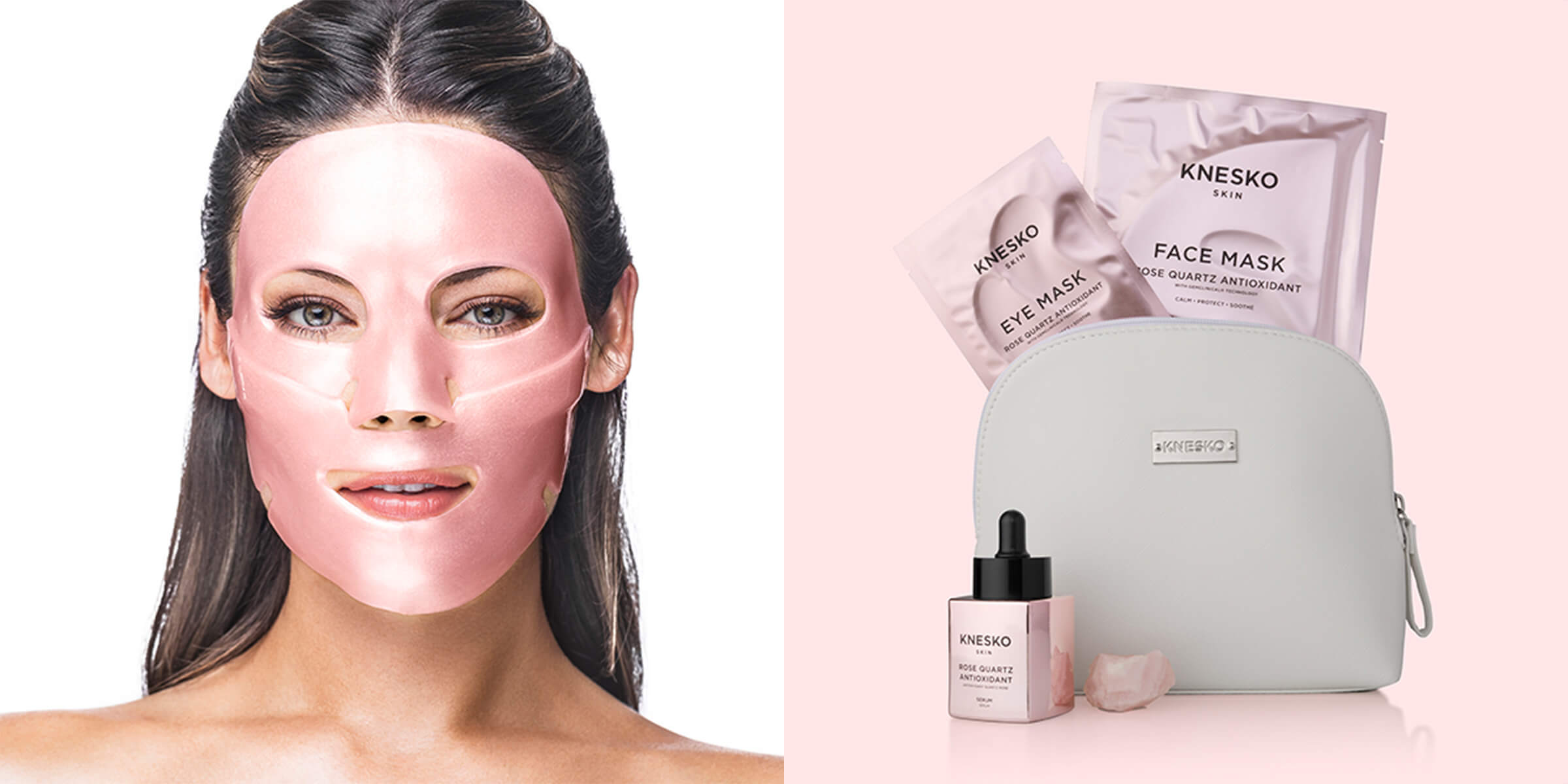You can transition your skin to winter by using products to keep your skin moisturized, hydrated, and nourished in drier weather.
Seasonal changes also call for a change in your skincare routine. Your skin is the most important barrier between your body and the environment—and it’s often the first organ to feel the effects of colder, drier weather. Here’s how to transition your routine for radiant, healthy skin all year long.
Use a Rich, Creamy Moisturizer
Before the temperature really drops and snow makes a more regular appearance, make sure you swap out your lightweight, water-based moisturizer for a heavier option. Keep an eye out for key ingredients like glycerin, ceramides, and niacin to keep your skin hydrated and help maintain a healthy skin barrier throughout the season.
Since the skin under your eyes can become thinner and more sensitive in dry, cold climates, also don’t forget to use an eye cream at night for extra hydration. It’s best to apply a heavier moisturizer at the end of your skincare routine—right before heading to bed—to help your skin absorb as much moisture as it can.
Cut Back on Exfoliants
Exfoliating is essential year-round, but some exfoliants contain active ingredients that can irritate the skin. In particular, beta hydroxy acids and retinoids can take a toll on sensitive skin, especially if you’re using them too frequently.
It’s easier for skin to become irritated, red, and inflamed during colder, drier months, so consider cutting back on exfoliants if you have more sensitive skin. Excessive exfoliation can also lead to dehydration, as it strips the skin’s natural oils. Try limiting chemical and physical exfoliants to once or twice a week.
Hydrate With Facial Serum
It’s important to hydrate your skin with facial serums throughout the year, transitioning them seasonally to target specific skin concerns. To combat dry skin, incorporate a hyaluronic acid serum or hyaluronic acid-containing mask into your routine. Hyaluronic acid, which is naturally produced by the skin, helps retain water, keeping your skin plump and nourished throughout the cold winter months. By adding this ingredient to your winter skincare routine, you’ll have a first line of defense against dry, cracked, and scaly skin.
To help your skin absorb more serum, use an amethyst face roller. It helps drive the potent active ingredients of your serums deep into the skin. It is also great for relaxation, boosting circulation, combating inflammation, and detoxifying the skin.
Replenish Your Skin with Face Masks
Nothing feels better than waking up rested, hydrated, and radiant. To replenish and rejuvenate your skin, use face masks a few times a week. Applying a hydrating mask before bed can help you achieve supple, smooth, restored skin while creating the luxurious at-home spa experience you deserve.
Don’t Forget About the SPF
SPF should be a non-negotiable step in your skincare ritual—even on cloudy, snowy days. The side effects of overexposure to UV rays (breakdown of collagen, appearance of fine lines, presence of free radicals) are usually worse during the fall and winter. It’s harder to feel the effects of UV rays on your skin when it’s cold, which can worsen sun damage. Stay protected against UV rays—even if you feel like you don’t need it.
Restore, Rejuvenate, and Rehydrate Your Skin
Elevate your skincare ritual and nourish your skin year-round with KNESKO’s hydrating eye mask and face mask collections. Our soothing, calming masks are infused with moisturizing ingredients to support supple, hydrated skin. Harness the healing powers of amethyst and other precious gemstones and minerals, and treat your mind, body, and soul to a luxurious at-home spa experience.
The post How Do I Transition My Skin to Winter? appeared first on KNESKO SKIN.

